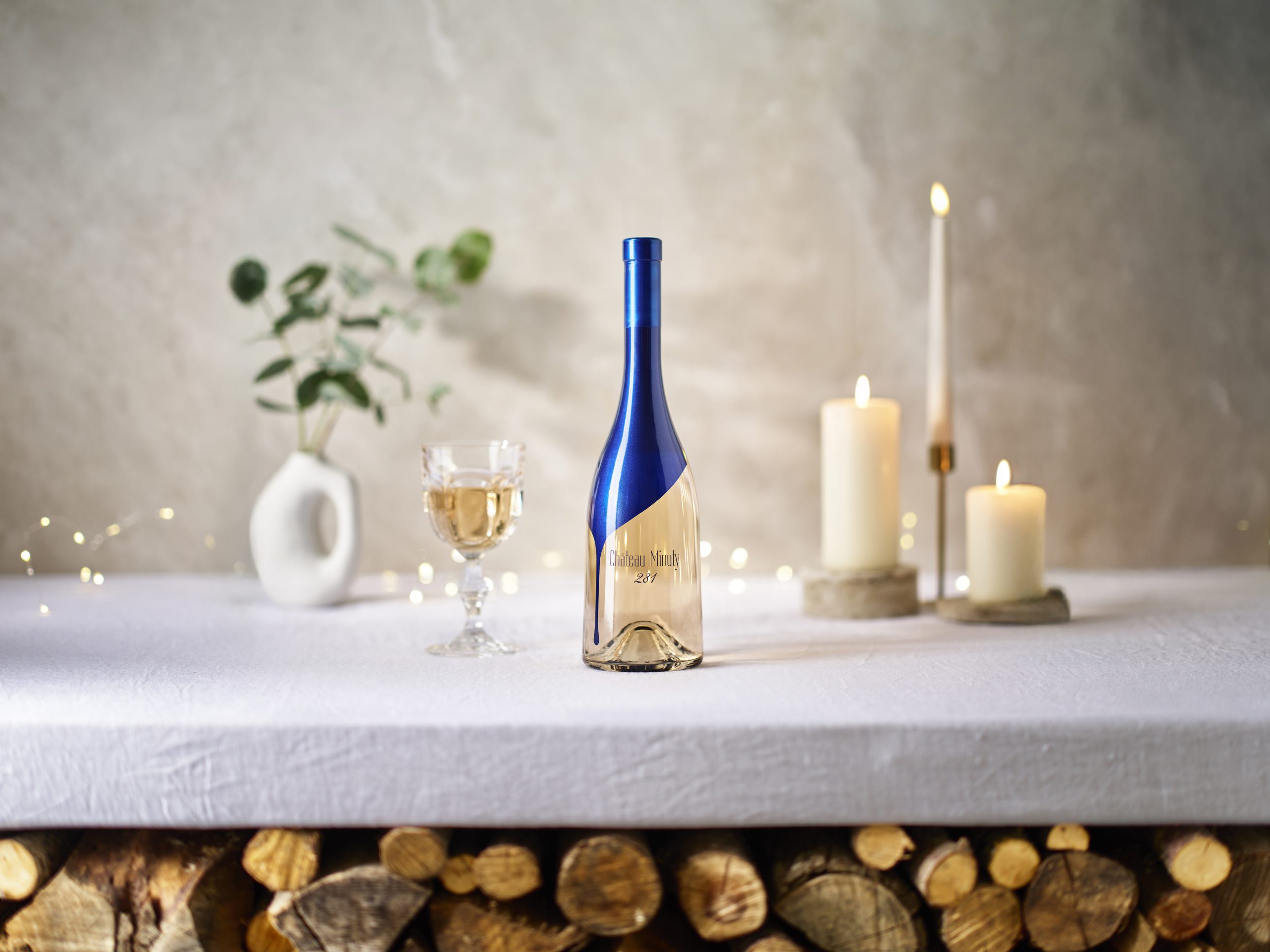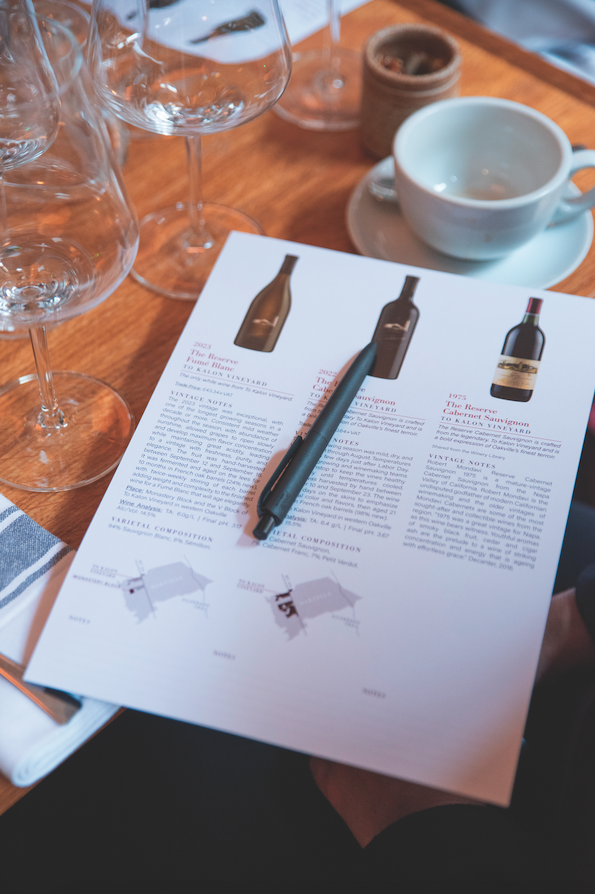The best Champagne of 2018
After an extensive blind tasting of Champagne this summer, and many other sampling exercises during the course of the year, one particular cuvée stood out as the best Champagne of 2018.
Although I taste Champagne regularly, and begin each year with a week-long visit of all the major houses in the region, it is blind-tasting this famous fizz that always proves the most revealing.
I sample Champagne in a professional setting throughout the year as part of db’s Global Masters programme – blind-tasting blanc de blancs in our Chardonnay Masters, blanc de noirs in our Pinot Masters, organic Champagnes in our Organic Masters, and a further range of Champagnes among other fizz-producing places in our annual Sparkling Wine Masters.
However it is our summertime tasting for just Champagne – the Champagne Masters – that I find the most revealing, because all the major producers are sampled side by side, along with cuvées from cooperatives and growers, as well as less famous but up-and-coming houses.
And this year, bearing in mind all the sampling I’ve done, above all 2018’s Champagne Masters on 23 August, there is a fizz that is outstanding, and, in my view, the best Champagne on the market today – although others do run it close.
This is the 1998 vintage of Piper-Heidsieck’s prestige cuvée called Rare, which is available today in magnums only, with a retail price of £375 – making it pricy, but by Champagne prestige cuvée standards, far from outrageously expensive.
Achieving an average 98-point score when myself and three other judges sampled it blind in this year’s Champagne Masters, I wasn’t alone in declaring it an exceptional fizz – and even asked the competition organiser, Chloé Beral, to stopper the cuvée immediately, so I could try it later on that same day (and was subsequently delighted to discover it came in a large format, and tasted even better a touch warmer).
Why is it so good? I believe the fact it comes in magnums plays a part, giving the wine a more youthful taste and sensation than one might expect for a Champagne that’s now 20 years old.
But it is also the skill of the Rare cellar masters Régis Camus and late Daniel Thibaut, as well as the quality of grape sourcing, and the nature of the 1998 vintage, which has undergone a revision upwards in reputation, unlike the more famous 1996 harvest of that decade.
So what does it taste like? It offers an intriguing sensation of a Champagne that’s evolving, but still zesty and youthful; a fizz that’s broad and creamy, as well as tight and cleansing. And while it has the golden appearance of a developed Champagne, it doesn’t exhibit oxidative bruised apple characters that often plague fizz of such an age.
Rather, the Rare 1998 has more ‘reductive’ characters of smoke, coffee and toast, on both the nose and palate, no doubt from the extended period this wine has spent ageing in contact with its lees.
In combination, drinkers can expect aromas of almond, cappuccino and vanilla, along with fruit flavours on the palate from dried apricot to orange and lemon zest, complemented a persistent toasty finish.
Still tangy, with plenty of forceful but fine-textured fizz, this is a Champagne that’s perfect now, but still lively enough to mature further.
However, it was run very close when it came to top spot for my and the other judges’ affections in this year’s Champagne Masters competition.
Partner Content
Achieving an average score of 97 points was a younger and cheaper prestige cuvée, coming in a standard 75cl bottle format, and hailing from a brand less renowned than Piper-Heidsieck.
This was the Egérie de Pannier 2006, the top cuvée from Pannier, which, as previously reported by db, had a wonderful combination of complementary flavours, from lemon and honey, to toast and grilled nuts, along with an uplifting, lasting and fresh, dry finish.
Costing £75, the Pannier prestige cuvée may not be cheap, but amazing value relative to other special blends in this top-end of the Champagne sector.
Indeed, one could have five bottles of the Egérie 2006 for the same price as a single magnum of Rare 1998 – a thought that makes the former all the more tempting, especially when one considers that its final score in the blind tasting was just a single point lower than the top Piper cuvée.
Other sources of greatness from this year’s tasting were the 2006 vintage Champagnes from Castelnau and Charles Heidsieck, highlighting the instant appeal of this ripe harvest in Champagne, that is, when handled by skilled producers.
However, it is the Rare cuvée that topped the tasting, and this is not a one-off. In last year’s Champagne Masters, my fizz of the day was from the same cellar, but a different harvest.
That was the Rare 2002 – which is still the prestige cuvée’s current release in the 75cl format, offering Champagne lovers the chance to buy into this magnificent vintage without resorting to the secondary market, as would be necessary to secure a 2002 expression from other rival top-end Champagnes.
Not only that, but the Piper fizz offers a taste of the ripe 2002 harvest in the Rare style – with its aromas of grilled nuts and roasted coffee, and a zesty edgy persistence on the palate.
A full report on all the medal winners in the 2018 Champagne Masters will feature on thedrinksbusiness.com and in the magazine shortly, allowing you to see all the top-scoring samples in this year’s competition.
Read more
COOPERATIVE CHAMPAGNES BEAT FAMOUS BRANDS IN BIG FIZZ TASTING




